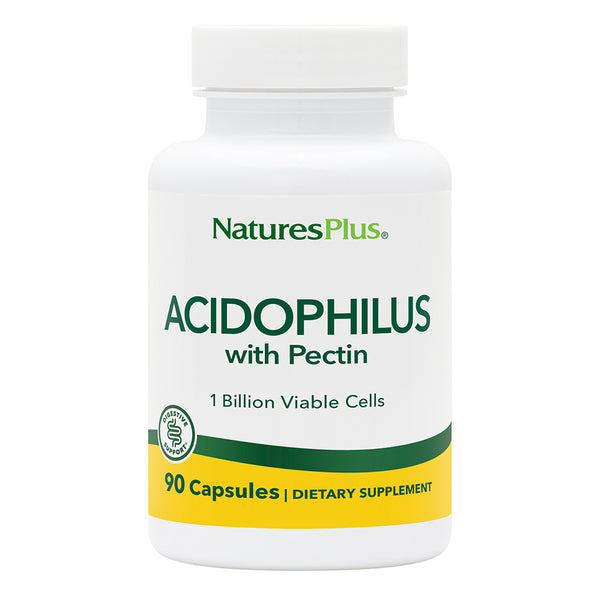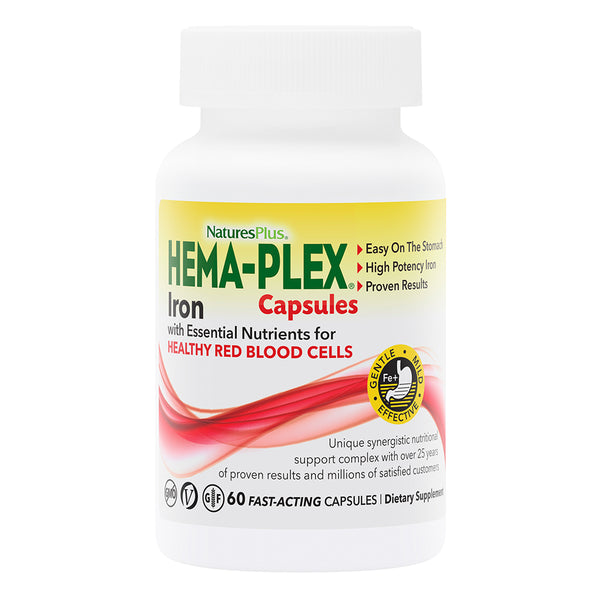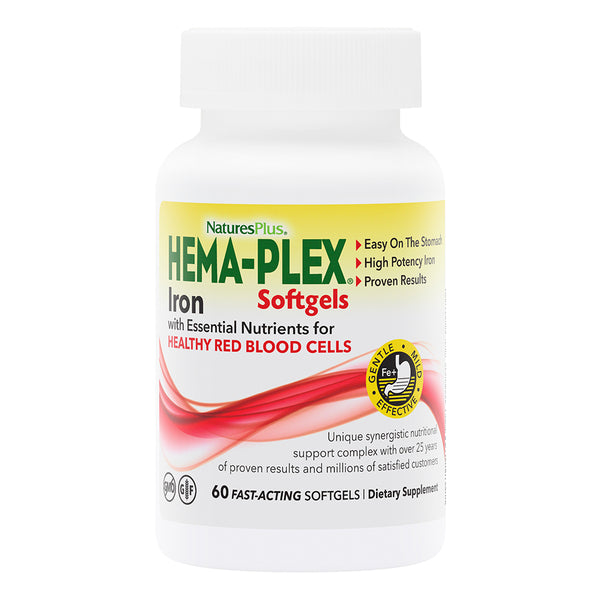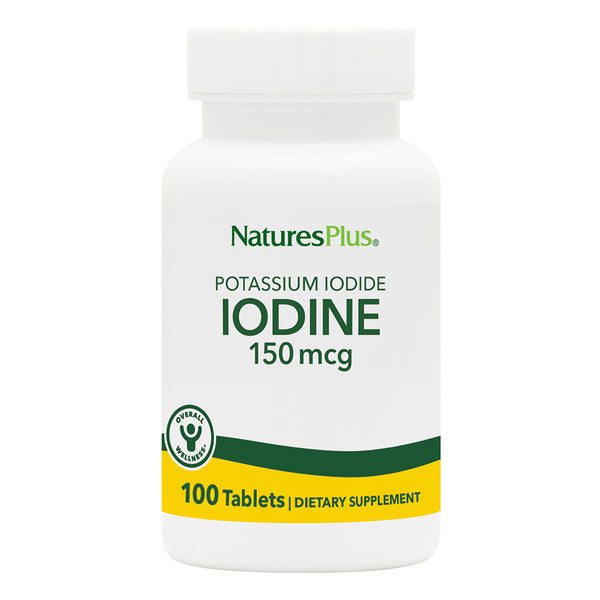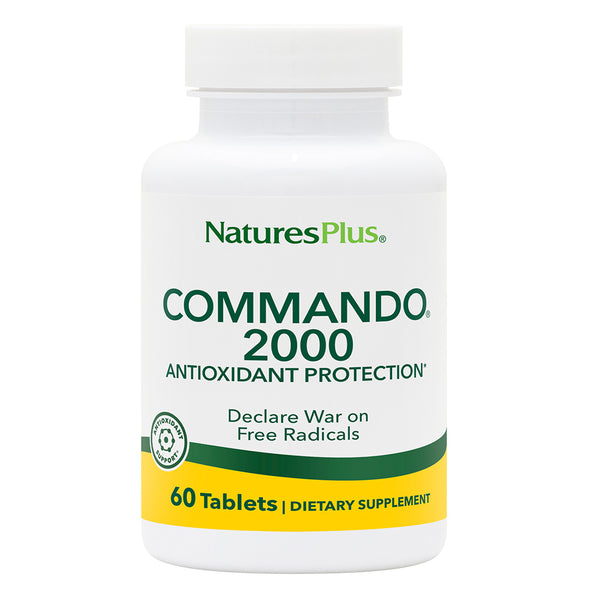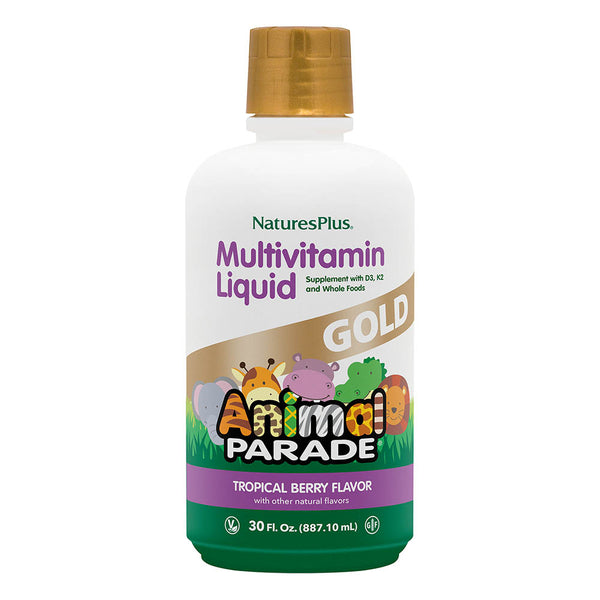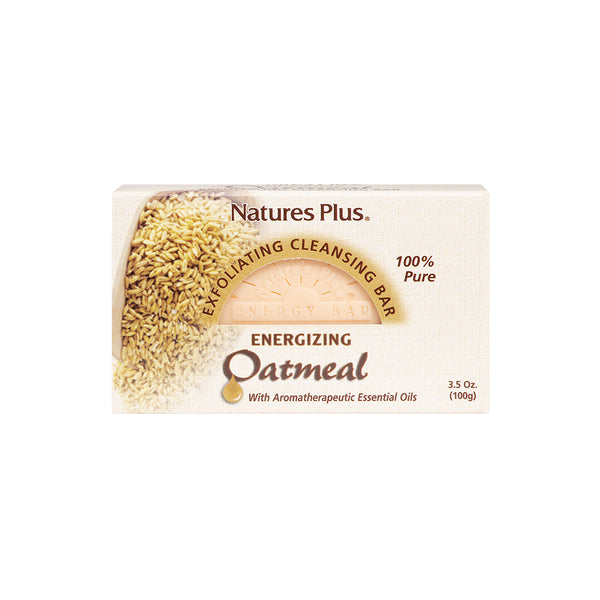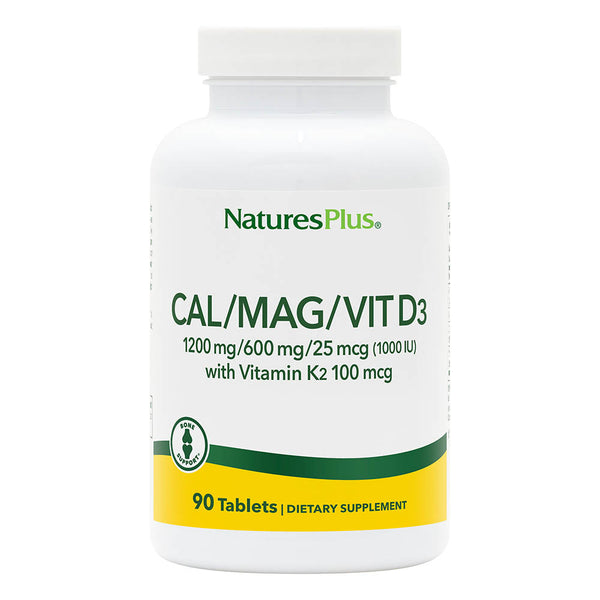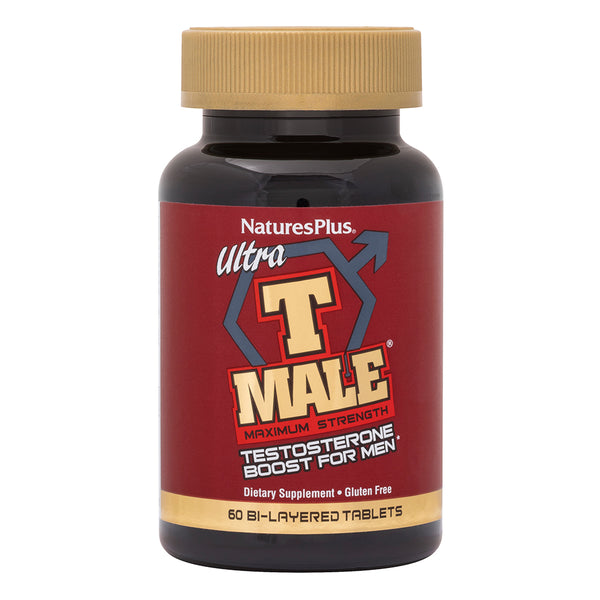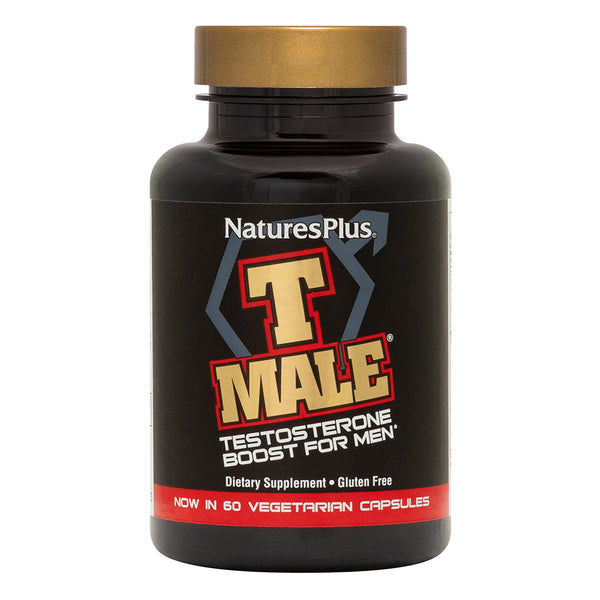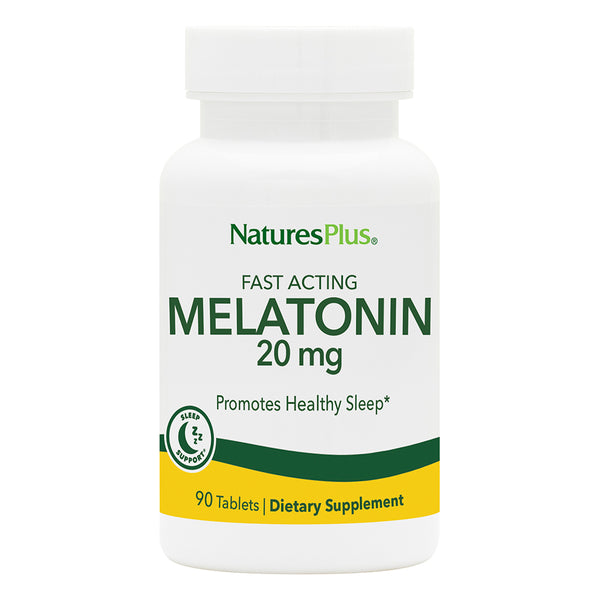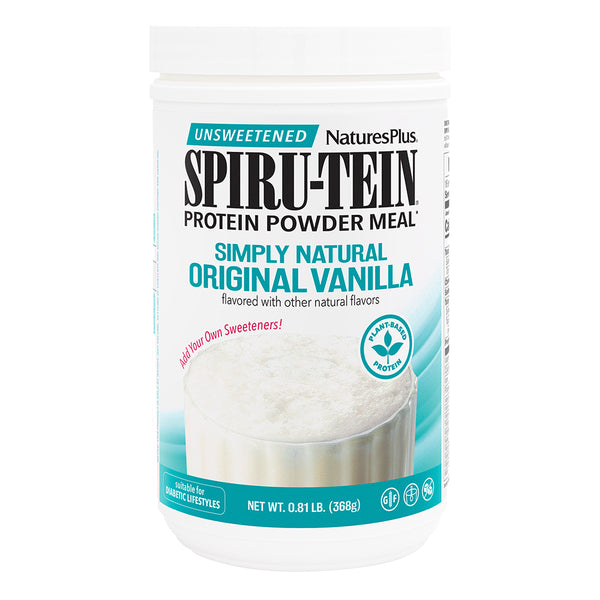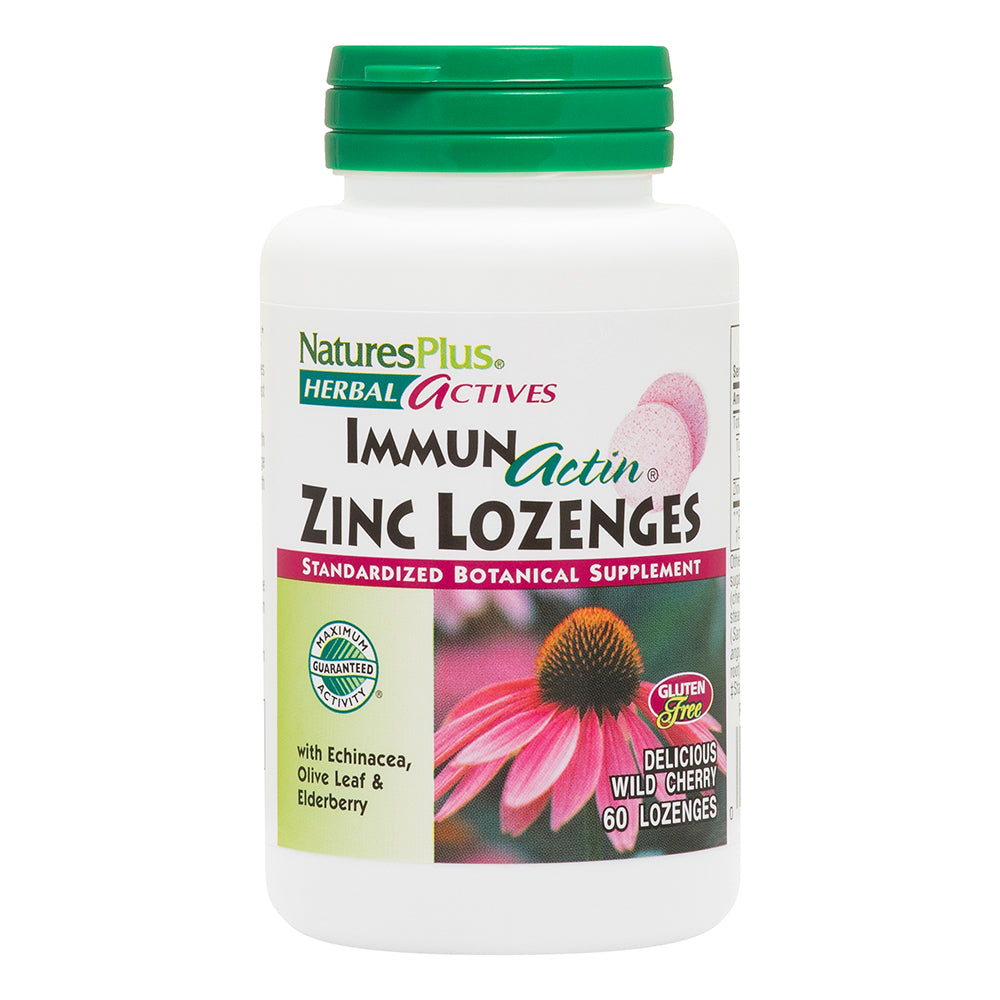If you’ve been more aware of the need for a strong immune defense lately, you’re not alone. But that raises the question: What is the immune system and what does it do?
What Does the Immune System Defend Against?
Your body consists of trillions of cells, all performing vital complex tasks every second of the day. But to give your cells the materials, such as oxygen and nutrients, they require to do this work, your body needs to interact with the world beyond its borders, a world filled with unwanted microbes and substances. It’s the immune system’s job to keep these intruders out.
What Are My First Lines of Defense?
Any part of your body that is in direct contact with the outside environment. That includes your skin, which serves as a mechanical barrier and produces a protective layer called theacid mantle; your lungs, which trap microbes in mucus to be expelled through the throat and nose; and your digestive system, which not only fends off invaders with its own secretions but also contains beneficial microbes calledprobiotics that provide additional protection.
What Is the Innate Immune System?
Your skin, lungs and digestive system are all a part of theinnate immune system. It also includes enzymes and proteins that help repel or remove invaders as well askiller cells that attack unwanted foreign microbes.
What Is the Adaptive Immune System?
The innate immune system provides general protection, but you also have a more focused line of defense called theadaptive immune system. As the name implies, this second system adapts to an ever-changing onslaught of unwanted microbes and substances, committing them to memory so that it can address them again in the future.
What Are White Blood Cells?
The body has two kinds of blood cells, the red ones that carry oxygen and thewhite blood cells (WBCs), which patrol the body and engage in cell-on-cell combat with unwanted microbes. The innate and adaptive immune systems each have their own WBCs; a third category of WBCs help the two systems communicate with each other:
Innate WBCs. These cells start working immediately because they are pre-programmed to identify and neutralize foreign cells and substances that routinely invade the body. This group includesbasophils, eosinophils, mast cells, natural killer cellsand neutrophils.
Antigen-Presenting WBCs. These cells bridge the innate and adaptive immune systems by capturing fragments of foreign cells and presenting them to cells in the adaptive WBC group. This group includesdendritic cells and macrophages.
Adaptive WBCs. These cells, which take several days to start working, provide a powerful, targeted response to each new infiltration of unwanted cells and substances. This group includesB cells andT cells, which are classified into subgroups:Helper B cells create immune substances calledantibodies, killer T cells attack body cells that have been infiltrated with invaders andhelper T cells assist both B and killer T cells.
What Is the Lymphatic System?
The lymphatic system consists of a clear fluid calledlymph that moves through its own set of lymphatic vessels. It has two functions, one of which is helping to return fluid to the circulatory system.
The lymphatic system also plays a vital role in immune function. It creates lymphocytes—the innate immune system’s natural killer cells, along with the adaptive system’s B and T cells—in red bone marrow; T cells develop further in thethymus, an organ in the chest. The lymphatic system then transports lymphocytes through its vessels; these are studded withlymph nodes, which contain many lymphocytes and filter lymph from nearby areas of the body.
Other parts of the lymphatic system include thespleen, an abdominal organ that filters blood and serves as a reservoir for both innate and adaptive immune cells, and patches of lymph tissue located throughout the body but are especially concentrated in the tonsils, respiratory tract and digestive system.
Like this article? You’ll love our weekly newsletter
sign up here!
**These statements have not been evaluated by the Food and Drug Administration. This product is not intended to diagnose, treat, cure or prevent any disease.
